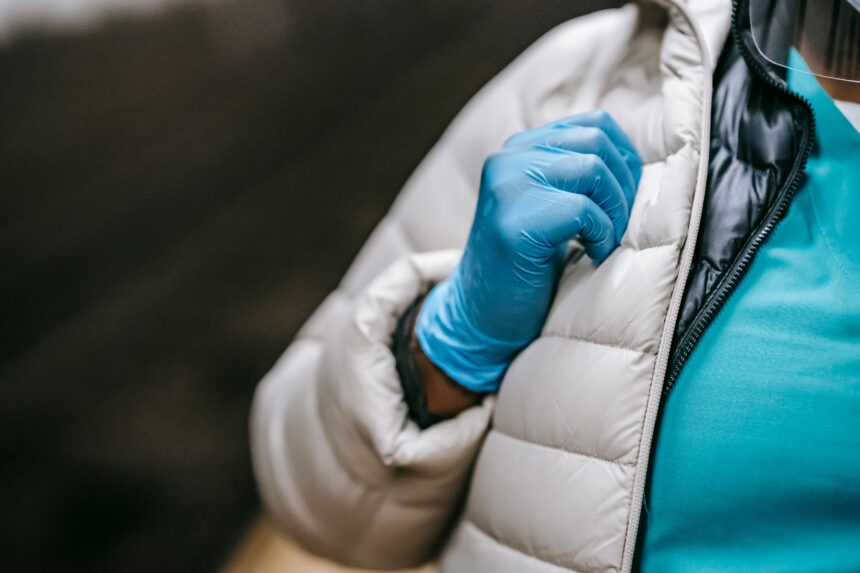Introduction
Occupational respiratory diseases are a significant concern in various industries, affecting workers’ health and productivity. These diseases can arise from exposure to harmful substances such as dust, fumes, gases, and vapors. The use of appropriate protective equipment (PPE) is crucial in preventing these diseases and ensuring a safe working environment. This article explores the importance of PPE in preventing occupational respiratory diseases, highlights various types of protective equipment, and discusses best practices for their use.
The Importance of Preventing Occupational Respiratory Diseases
Respiratory diseases related to occupational exposure can lead to severe health issues, including chronic obstructive pulmonary disease (COPD), asthma, and lung cancer. According to the World Health Organization (WHO), around 2.78 million deaths annually are attributed to respiratory diseases caused by occupational exposures. The economic impact is also significant, with costs related to healthcare, lost productivity, and compensation claims. Therefore, implementing effective prevention strategies is essential.
Types of Protective Equipment
Protective equipment plays a vital role in safeguarding workers from respiratory hazards. The following are common types of PPE used in various industries:
- Respirators: These devices filter out harmful particles and gases from the air. They come in various forms, including disposable masks, half masks, and full-face respirators.
- Dust Masks: Primarily used in construction and woodworking, these masks protect against inhaling dust and particulate matter.
- Powered Air-Purifying Respirators (PAPRs): These provide a higher level of protection by using a battery-powered blower to filter air through a HEPA filter.
- Self-Contained Breathing Apparatus (SCBA): Used in emergency situations, SCBAs supply breathable air from a tank, protecting workers from toxic environments.
Case Studies: Successful Implementation of PPE
Several industries have successfully implemented PPE programs to reduce the incidence of respiratory diseases. For instance:
- Construction Industry: A construction company introduced a comprehensive respiratory protection program that included training, fit testing, and regular monitoring. As a result, the incidence of respiratory illnesses decreased by 40% over three years.
- Manufacturing Sector: A manufacturing plant that produces chemicals adopted the use of PAPRs for workers exposed to hazardous fumes. This change led to a significant reduction in reported respiratory issues, with a 30% drop in absenteeism due to respiratory illnesses.
Best Practices for Using Protective Equipment
To maximize the effectiveness of PPE in preventing occupational respiratory diseases, organizations should follow these best practices:
- Conduct Risk Assessments: Identify potential respiratory hazards in the workplace and assess the level of risk to determine the appropriate type of PPE needed.
- Provide Training: Educate workers on the correct use, maintenance, and limitations of PPE. Regular training sessions can reinforce the importance of using protective equipment.
- Ensure Proper Fit: Conduct fit testing for respirators to ensure a proper seal. A poorly fitting respirator can compromise protection.
- Regular Maintenance: Implement a maintenance schedule for PPE to ensure it remains in good working condition. Replace any damaged or expired equipment promptly.
- Encourage Reporting: Foster an environment where workers feel comfortable reporting issues with their PPE or any respiratory symptoms they may experience.
Conclusion
The prevention of occupational respiratory diseases is a critical aspect of workplace safety that can significantly impact workers’ health and productivity. The use of appropriate protective equipment, such as respirators and dust masks, is essential in mitigating the risks associated with harmful airborne substances. By implementing effective PPE programs, conducting regular training, and ensuring proper maintenance, organizations can create a safer work environment. Ultimately, prioritizing respiratory protection not only safeguards employees but also enhances overall workplace efficiency and morale.
